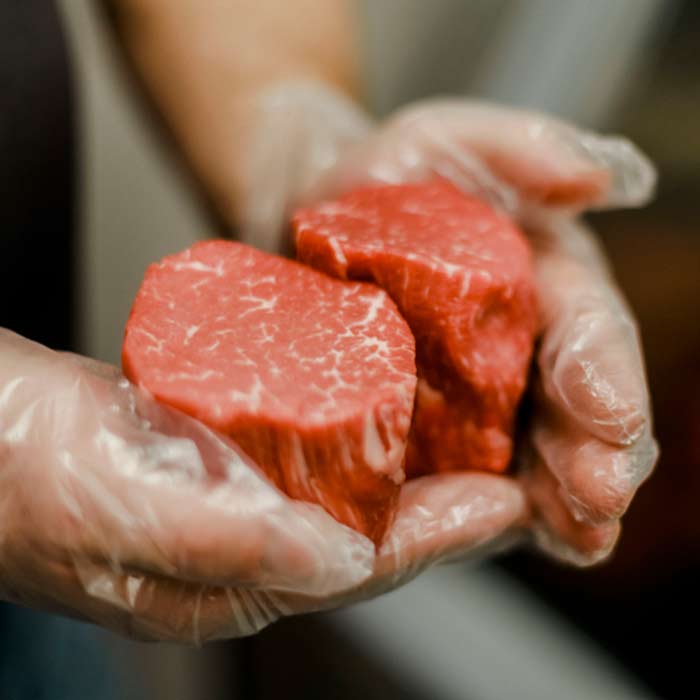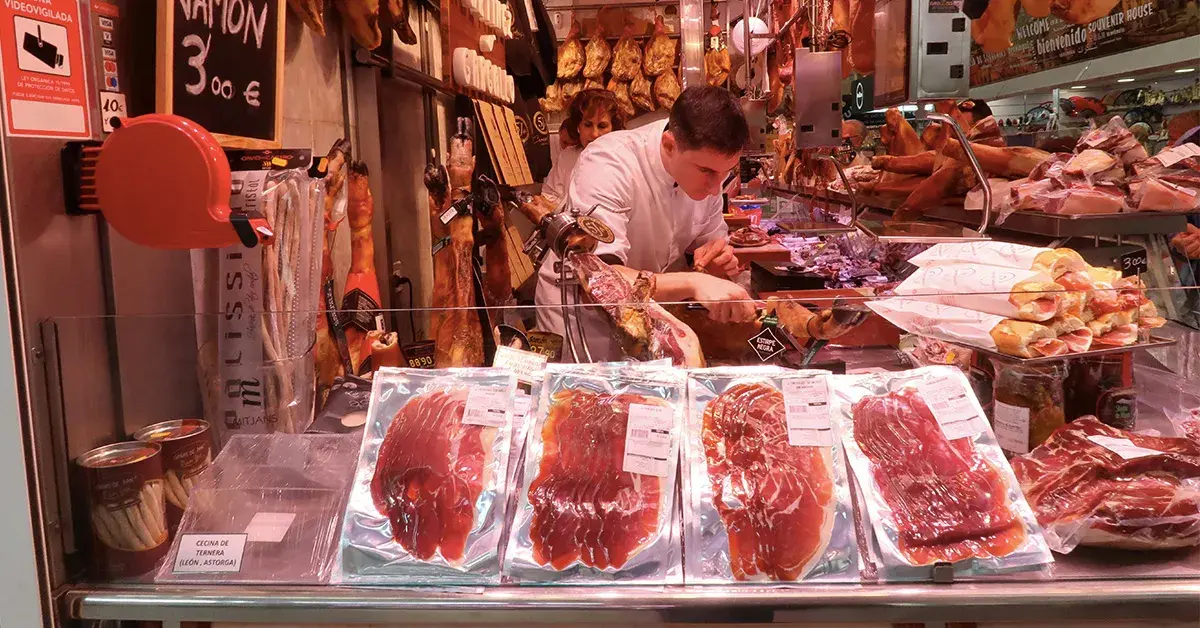What Makes Bagley Farms Meat Market Edwardsville IL Stick Out for Meat Lovers
What Makes Bagley Farms Meat Market Edwardsville IL Stick Out for Meat Lovers
Blog Article
Discover the Art of the Butcher's Cut in a Modern Meat Market
In the ever-evolving landscape of modern meat markets, the butcher's cut has actually transcended its traditional origins, combining old-time workmanship with modern methods. Today's butchers are not just cpus of meat; they are experienced craftsmens that highlight sustainability and honest sourcing. Their know-how in choose and preparing cuts customized to particular culinary needs provides an unmatched dining experience. Yet, what truly sets the modern butcher apart is their ability to forge a much deeper connection between consumers and the beginnings of their meat. Just how do these masters balance tradition with development, and what implications does this have for the future of meat consumption?
Evolution of Butchery Methods
The development of butchery methods reflects a rich tapestry of advancement and adaptation driven by developments in technology, adjustments in customer need, and a much deeper understanding of meat science. Historically, butchery was a craft gave through generations, with techniques sharpened over centuries to maximize yield and flavor. The commercial transformation ushered in mechanization, transforming conventional practices and enabling large-scale handling.
The mid-20th century saw butchery techniques further improved by clinical insights into muscular tissue biology and meat aging, enhancing both inflammation and preference. Advancements like vacuum cleaner packaging and refrigeration expanded product shelf-life, permitting butchers to diversify offerings and boost top quality control. This period likewise marked the increase of customized tools, such as band saws and meat slicers, which increased precision and efficiency in meat handling.

Electronic systems now assist in tracking pet provenance and enhancing cuts to meet details customer preferences. In addition, a revival in artisanal butchery has actually arised, blending traditional skills with contemporary knowledge to cater to customers looking for moral and lasting meat options.
Recognizing Meat Cuts
Comprehending the complexities of meat cuts is important for both butchers and customers looking for quality and value. Each cut comes from a different part of the animal, presenting distinct tastes, appearances, and food preparation approaches - bagley farms meat market edwardsville il. Proficiency of these differences not just improves cooking experiences yet likewise maximizes the utility of each carcass. For butchers, specific cuts mirror skill and regard for the craft, making certain very little waste and optimal yield.

Recognizing muscular tissue composition is important; muscle mass used much more frequently by the animal often tend to be tougher and are best suited for slow-moving cooking methods, while less-used muscles, like those located in the loin, are much more tender and suitable for barbecuing or roasting. Knowledge with these differences equips customers to make informed choices, improving their cooking undertakings.
Selecting Quality Meat
Picking the right meat includes greater than simply selecting a visually attractive item from the display. bagley farms meat market edwardsville il. The art of choosing quality meat requires a discerning eye and understanding of particular characteristics that symbolize quality and excellence. To start with, pay focus to the color; beef should have an intense, cherry-red color, while lamb needs to show a soft pink tone, and pork a pale pink. This suggests the meat is fresh and hasn't been exposed to oxygen for as well lengthy.
Second of all, think about the marbling, which describes the white flecks of fat within the muscular tissue. Correct marbling is an essential indication of tenderness and taste, as it melts during food preparation, enhancing the meat's juiciness. Keep in mind, greater marbling commonly associates with premium top quality cuts, such as USDA Prime.
Texture is another important factor; meat needs to really feel strong to the touch, not slimy or overly soft. Furthermore, be conscious of the scent. Source Fresh meat ought to have a tidy, neutral odor, devoid of any kind of sour or repulsive smells.
Combining Cuts With Food Preparation Techniques

Alternatively, tougher cuts like brisket and chuck roast are abundant in collagen, which damages down right into gelatin when cooked slowly. These cuts are optimal for braising or slow roasting, allowing the meat to soften with time and develop deep, complicated flavors. Likewise, cuts such as short ribs and pork shoulder get on well with slow-cooking techniques, where extended cooking times transform their robust structures right into delicious dishes.
Lamb shanks and oxtail, which call for extended food preparation to tenderize, are best candidates for stewing or slow-moving simmering. These approaches coax out rich, passionate tastes while maintaining wetness. By recognizing the one-of-a-kind features of each cut, chefs and home chefs alike can elevate their culinary developments, ensuring each dish is both pleasing and memorable.
The Butcher's Duty Today
Navigating the developing landscape of the contemporary meat market, the butcher's duty today prolongs beyond mere preparation of cuts. Contemporary butchers are cooking artisans, instructors, and advocates for sustainable practices.
In addition to crafting accurate cuts, butchers currently involve directly with clients, offering cooking recommendations and customizing options to fit individual needs and choices. Their competence in meat aging, marbling, and taste accounts empowers customers to make informed decisions, improving their culinary experiences. This great site customized service exhibits the butcher's evolving function as a trusted expert in the kitchen.
Furthermore, butchers are essential in reducing waste, utilizing whole animals to develop diverse items such as sausages and supplies. This extensive approach not just values the animal but likewise straightens with contemporary sustainability objectives. In this way, the modern-day butcher embodies both custom and development, adjusting to an ever-changing market while maintaining the creativity and honesty of their craft.
Final Thought
Proficiency in understanding varied meat cuts and quality indicators encourages butchers to supply informed recommendations, aligning details cuts with ideal food preparation approaches. By recognizing historic practices while embracing contemporary needs, the butcher's duty continues to be essential in today's innovative meat market.
Report this page